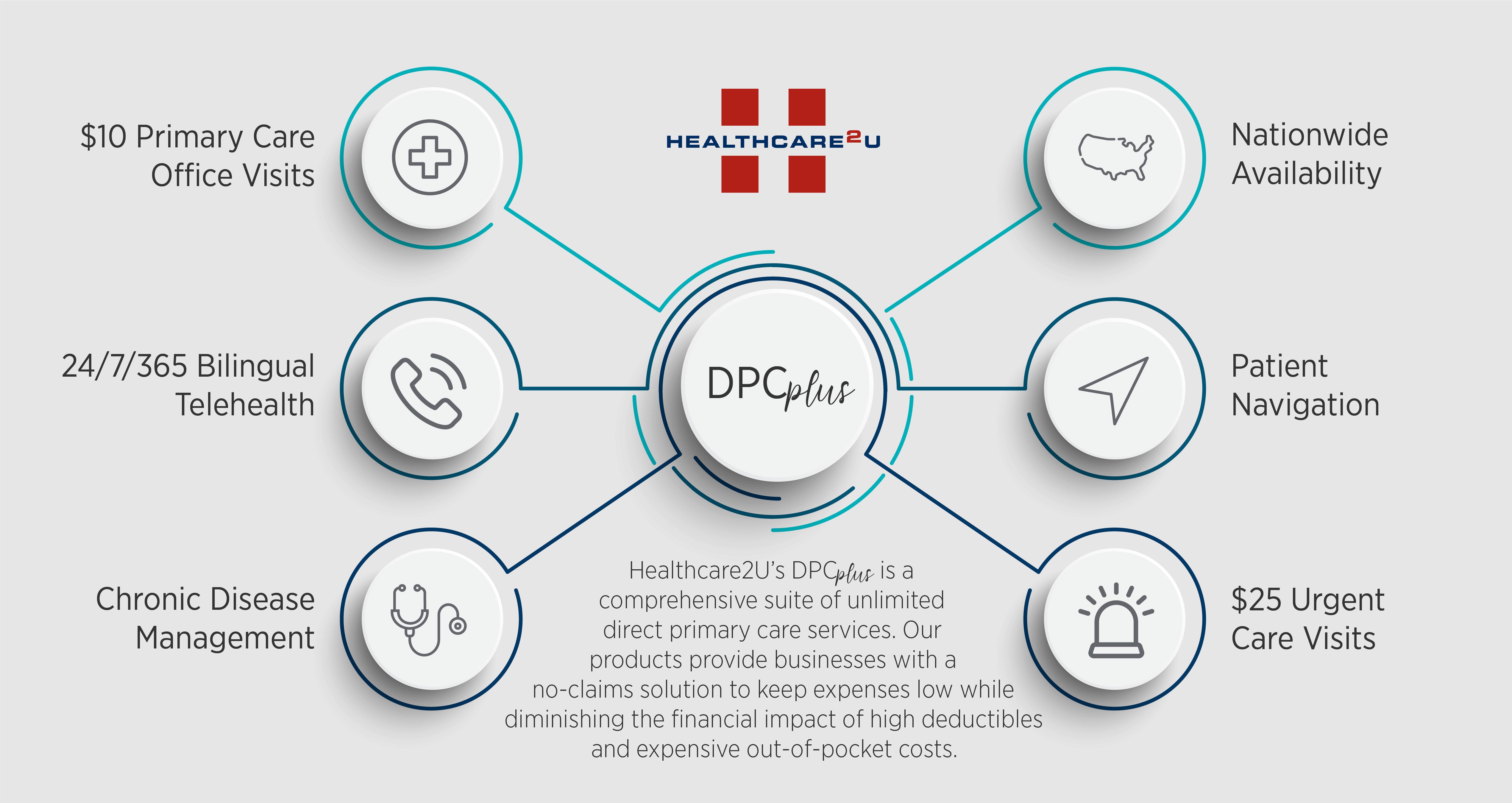Health insurance often feels like a financial gamble for employers and employees. Some health plans leave employees with high out-of-pocket costs and a substantial financial burden, while others raise claims and damage a company’s bottom line. Instead of leaving the decision to “dealer’s choice,” brokers can assist employers with a health plan strategy that offers healthcare for less, protects assets, and provides quality care for employees. One win-win solution to unaffordable healthcare is direct primary care (DPC). Direct primary care is a healthcare membership that avoids insurance claims and deductibles – delivering timely access to primary care physicians.
Direct primary care is a valuable benefit to employee populations because of the broad coverage of health benefits through primary care physicians that offer membership.
Direct primary care is a valuable benefit to employee populations because of the broad coverage of health benefits through primary care physicians that offer membership. For example, membership often covers common acute illnesses, annual physicals, and the detection, treatment, and management of chronic conditions. Because they are gatekeepers to the entry point of healthcare and healthy living, the value of primary care physicians is unmatched. Studies have shown, that 1) states with a higher ratio of primary physicians have populations with better health and 2) patients who have a relationship with these physicians have lower overall health expenses than those without one.
Despite positive health attributes associated with primary physicians, another study found that many people do not have a personal doctor (28% of men and 17% of women). In Mercer’s article Direct Primary Care as a Strategy to Manage Cost, the author contributes this problem to a short supply of primary care physicians across the nation. Factors such as work-life balance, salary and administrative burdens have contributed to this shortage. Unfortunately, while primary care physicians are on the decline, the demand for access to these “gateway” physicians has increased to combat rising healthcare costs.
As employers look for creative ways to avoid shifting healthcare expenses to their employees, they may want to explore direct primary care as an employer health plan strategy. Direct primary care would allow affordable access to the entry point of healthcare a primary care physician that’s invested in the health and success of each patient. While there are many variations of the model, the average monthly cost for a membership is $70-$90 per member per month (PMPM).
Many traditional direct primary care providers are confined by location, only able to serve patients within a small region. As a hybrid model, Healthcare2U prides itself on being an integrated direct primary care organization that is nationwide, ensuring employers of all sizes and structures have access to affordable, consistent and affordable primary care. Our proprietary Partner Physician Network (PPN)™ grants our members unlimited access to any Healthcare2U clinic across the nation for only $10 a visit for acute and chronic conditions and 24/7/365 bilingual telehealth for no additional out-of-pocket cost. Our DPCplus product line also includes unlimited urgent care visits for $25 a visit.
When it comes to employee health and an employer’s bottom-line, neither should have to sacrifice. With Healthcare2U’s membership 40 percent below the average cost of traditional DPC practices, employers can cut costs on health benefits without the gamble. Learn more about Healthcare2U’s DPCplus solution here.
